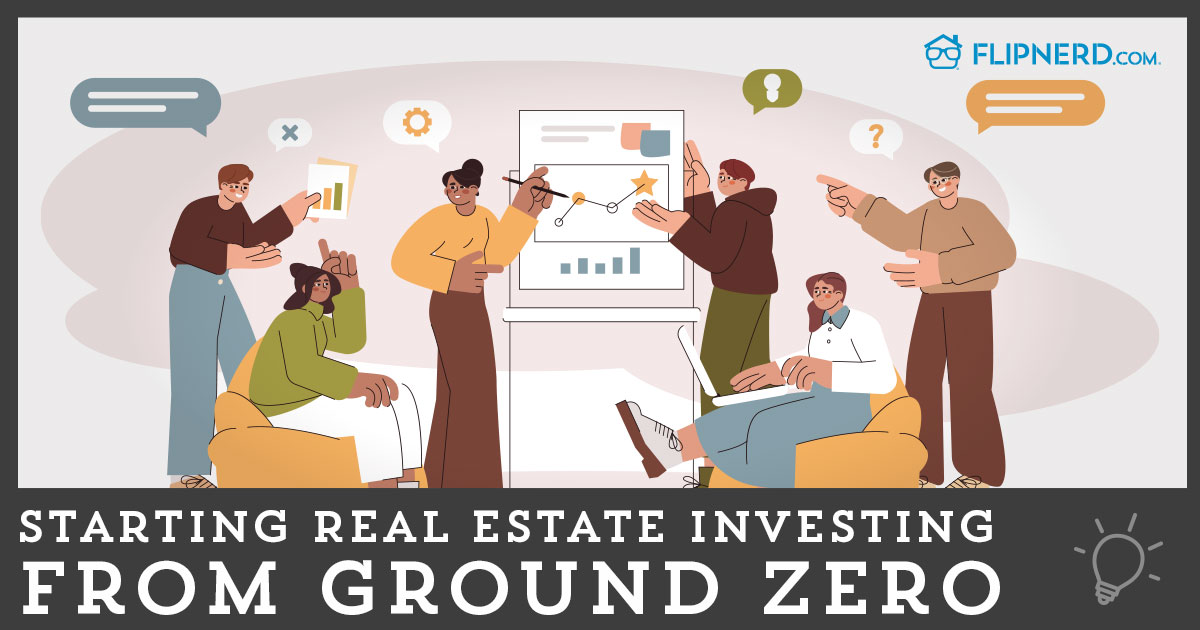As we’re all well aware, we’ve been in a seller’s market for some time now. Many economists are predicting that sometime in 2017, we’ll start to see it slow down a bit but this will still vary widely from market to market.
Let’s be honest.
It’s tough being a real estate investor in a seller’s market.
The supply for properties in the lowest priced tier has steadily declined and the demand only continues to rise.
Back during the last recession, it was “easy” to find deeply discounted deals that you were able to sell at a profit. On “thin” deals, you were still getting 70% ARV minus repairs but it wasn’t uncommon to find deals at 60% ARV minus repairs or less back then.
These days, investors are modifying their numbers to accept deals at 80-90% ARV minus repairs just so they can keep doing deals.
Needless to say, the seller’s market is affecting the real estate investor on a personal level.
So what do you do about it?
Some investors are sticking to the 70% rule and are getting far fewer deals. Others are taking up to 90% ARV minus repairs just so they can keep doing deals. There’s no single solution for this.
It depends on your market, your business model, and your willingness to adapt.
There are 2 good things to remember:
- You have options!
- It won’t be a seller’s market forever.
If you traditionally buy properties for rentals, consider short-term rentals for some of your properties. This works well if the property is near a tourist-type area.
Yes, you would have to furnish the home and have it cleaned between guests, but the daily rate makes this a highly profitable option for properties that might not be cash flowing well.
For rehabbers out there, consider wholetailing the property instead.
The numbers might not work for you to do the level of rehab you want to do but if you buy a property at wholesale and fix it up minimally, market the property to the retail market as a “fixer upper”.
There are retail buyers out there that specifically look for properties that need work and are being sold ‘as is’. You can still make a profit and you won’t be holding the property as long as a traditional rehab.
Like we mentioned before, investors are taking slimmer deals. If the area you’re buying in is still “hot”, you have to consider what numbers will work for you. Doing 8-15 deals that might only profit $5k each is better than struggling to close one deal that might make you $25K (if nothing goes wrong).
As the market starts shifting, your percentage can change along with it.
By doing this, you won’t get stuck in a rut, blaming the market for you not being able to do any deals.
If you don’t want to go above the 70% rule, think outside the box, meaning outside the city limits. In many cities, you’ll be able to find smaller towns and neighborhoods that might not have the high rate of price appreciation that properties near the city are seeing.
Experts have seen a hyper-local shift in markets, meaning that certain neighborhoods are slowing down in demand.
It will take more due diligence on your part, but finding these small pockets in your market could mean a large profit for your next deal.
In addition to becoming more creative with your exit strategies and offers, you also have different opportunities with creative financing.
You have opportunities with private lenders, wraparound mortgages, subject-to deals, loans from SDIRA holders, seller carry-back financing, lease options, and many other sources.
The benefits for creative financing include flexibility in terms, speed of funding, and are relatively low risk. Depending on who you’re working with, long-term business relationships can be formed easier with creative financing lenders (as compared to a national bank).
Investors who are willing to change their strategy in order to continue their success and grow their business will be the ones who flourish in the business during the seller’s market.
It won’t always be a seller’s market.
It’s important to always pay attention to market trends in the areas you’re investing in.
It might take more work, but there are deals to be done if you’re willing to get creative.









